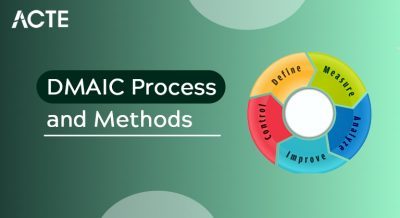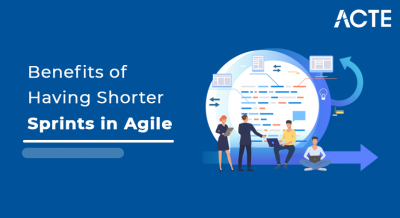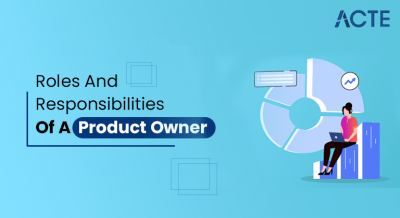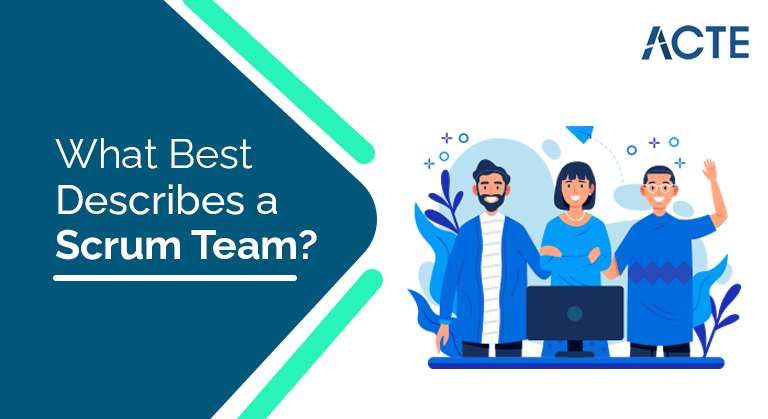
Scrum.org is what best describes a Scrum Team by defining it as ‘a framework within which people can address complex adaptive problems, while productively and creatively delivering products of the highest possible value.
- Introduction to Scrum
- What is a Scrum Team?
- Characteristics of a Scrum Team
- The Scrum Framework
- Why is Scrum a success:
- How Scrum Team Can Work Together Effectively?
- Scrum Artifacts
- Scrum Events
- Reasons Why Scrum Works
- The Key Benefits of Scrum
- Conclusion
Introduction to Scrum:
Term borrowed from rugby; start truly suggests that ‘wrap’. It describes however rugger coaches get along and work as a team to induce the ball rolling. As its name within the game of rugger, start in Agile development code additionally refers to a method that involves a bunch of individuals operating along below advanced conditions to create a product. The term was initially employed by analysisers Hirotaka Takeuchi and Ikujiro Nonakain in their 1986 research paper, “A New Product for Game Development.”
“Scrum could be a framework that encourages groups to find out what they need detected, to set up once resolution a retardant, and to mirror on their victories and defeats so as to progress further” —the Atlassian Agile coach.
Scrum could be a sub-umbrella framework for fast development, together with Kanban, Extreme Programming, Feature-Driven Development, Crystal, and Dynamic Systems Development technique (DSDM).
The start approach focuses on delivering prime quality merchandise through effective collaboration between the parties concerned. Scrum is predicated on 3 pillars of empirical method, transparency, evaluation, and adaptability.
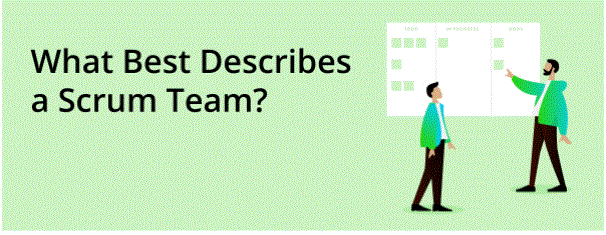
What is a Scrum Team?
Typically, the Scrum Team consists of five to eleven people who share various tasks and responsibilities related to project / product delivery. It is a group of passionate people who work together to deliver a successful product. A high level of communication between members of the Scrum Group is expected to ensure that they focus on the same goal while maintaining mutual respect throughout the process. Also, they share a common set of rules and regulations.
The three pillars of the Scrum Team are as follows:
Openness
Everyone in the group will have an easy and clear flow of information about the same purpose and role and responsibilities of each individual.
Testing
All team members have the right to monitor progress towards the same goal.
Practice
The fast Scrum team adapts to changes as quickly as possible to make the product value more complete.
- Team members share the same rules and regulations
- The entire Scrum team is responsible for delivery
- The Scrum team is enabled
- It works as independently as possible
- The Scrum team is organizing itself
- The skills within the Scrum team are equal
- The Scrum team is small and has no small teams
- People within the Scrum Group work full-time on the team
- People are divided
Characteristics of a Scrum Team:
Scrum Teams always have the following features:
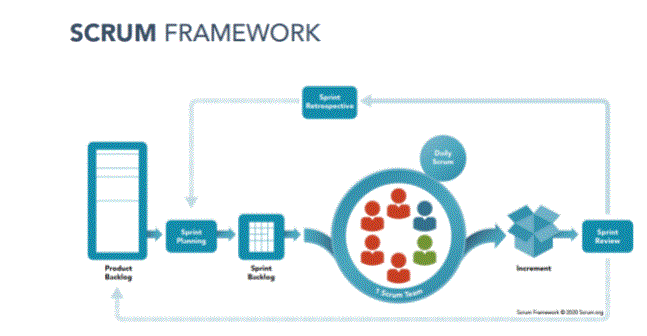
- Increasing the amount created by the Scrum Team
- To set the stage for the Scrum Team to work collaboratively and effectively
- Directing the team to adhere to the immediate goals
- Facilitate and contribute to strategic and strategic levels
- Establish good relationships between team members and other non-team project participants
- Dealing with unproductive attitudes and poor behavior
- Clear obstacles that limit group productivity
- To protect the team from external bugs and distractions so that it can function effectively
- To improve the amount of work done by the Development Team.
- Creating product vision and market strategies and ensuring that it meets customer needs.
- You are solely responsible for the order and management of the Product backlog.
- Exposing the material behind the product clearly
- Ensuring clarity, transparency, and visibility behind the product for all
- They have organized themselves and they understand how to turn the Product backbone into effective solutions.
- The Development Team will not encourage small groups. Regardless of the different domains of technology such as testing, coding, etc., the task of success and failure depends on the team and not the people involved. But the team will have people who are knowledgeable about special roles such as business analysis, architecture, testing, etc.
- Members do not graduate individually, and everyone is identified as part of the Development Team only.
- They work together, and the team will have the skills needed to create the desired rise.
- The Development Team, as a whole, is responsible for the task and not the people with certain skills.
The Scrum Framework:
The roles of the Scrum Team are divided into three categories – Scrum Master, Product Owner, and Development Team. Each role has a specific set of responsibilities throughout the project management cycle, albeit closely related.
The term was originally used to refer to a person with knowledge of the Scrum framework so that he could teach others. In simple terms, the Scrum Master can be described as the slave leader of the Scrum Group. Each person is responsible for ensuring that the team complies with the Scrum theory, procedures, and rules. It does not mean enforcing rules for team members, but making sure they understand the Scrum Team’s methods, policies, and responsibilities. Scrum Master provides a smooth flow of process and enables continuous improvement.
Scrum Master Roles and Responsibilities include:
Product Owner
The Product Owner is one member of the Scrum Group who is responsible for increasing the product value resulting from the work of the Development Team. One should have a deep understanding of customer needs and the business value associated with the product. The Scrum Team Product Team Owner works in the same way as the product mini-CEO. Each person makes sure that each decision is in line with the product’s vision, has a potential eye, analyzes ROI, and responds consistently to potential threats and risks. In short, someone brings a customer perspective to the Group
The duties and responsibilities of the Product Owner are summarized below:
Development Team
The Development Team comprises professionals working to bring the potential Product Increase to ‘Made’ at the end of Sprints. These team members are well organized and empowered by the organization to manage and organize their work. Members of the Development Team have a shared responsibility to deliver the best possible results.
Features of the Development Team include:
- Extra ROI
- Reduce marketing time
- Better team character
- Improve team interaction
- Reduce risk
why is Scrum a success:
One of the key benefits of using the Scrum method is that it facilitates faster product release with improved value. In a scrum team, the work is done simultaneously but not in sequence. This gives the team a special ability to make changes during the life of the project and not at the end of it.
The Development Team works with the motto – “All for one and for all.” It is a team activity; so you can guarantee a quick finish with the best quality. Overall, all of these factors lead to higher customer satisfaction
The various reasons why Scrum is so successful are summarized below:
- Courage — especially when it comes to solving difficult problems
- Focus
- Commitment to shared team goals
- Respect for your team members
- Job openness and any challenges that may arise.
How Scrum Team Can Work Together Effectively?
Scrum Teams deliver products repeatedly and incrementally, increasing the chances of a response. The incremental delivery of the “Done” product ensures that the active product version remains available.
A scrum is defined by a set of rules (or 5 scrum numbers) that should be understood as simple guidelines for working together effectively as a team. Of course:
- Artifacts may be a transportable record that gives project details. Scrummage Artifacts embody Product Backlog, Sprint Backlog, and Product Promotion.
- Product Backlog may be a preliminary list of options, errors, or technical work to be worked on. It ought to be a piece that’s thought of as vital from the attitude of the merchandise owner.
- The Product Owner and therefore the remainder of the team work along to review Product Defects and build changes wherever required, as product necessities are amended and altered.
- Sprint Backlog may be a list of all the things from the merchandise Background that may be worked on throughout Sprint. This list is compiled by prioritizing things from Product Background till the team feels they need to reach their Sprint capability. Team members sign on for jobs on the Sprint Backlog supported skills and priorities, following a self-organized scrummage framework.
- Product Increase is the total employment completed throughout the Sprint, and all completed work between previous Sprints. Sprint’s goal is to provide Product Promotion. It’s up to the scrummage team to agree on what defines the “Done” Promotion standing, however all team members ought to agree and perceive the definition.
Scrum Artifacts:
- Sprint (also called iteration) is the basic unit of development in Scrum. Sprint is a time box effort; that is, it is limited to a certain period of time. The length of time is determined in advance for each sprint and is usually between one week and one month, with two weeks being the most common.
- Sprint Planning is an event in the Scrum program where the team decides what product backlogs will work on during that sprint and discusses its first plan to complete the product backlog.
- A daily stand-off (also called a daily Scrum meeting) is a short organizational meeting held each day. A meeting, usually limited to five to fifteen minutes in length, is sometimes called a stand, a morning call or a daily scrum.
- Sprint updates occur after the end of Sprint. During the Review, the Product Owner specifies which scheduled work was completed or not completed during the Sprint. The team then presents the completed work and discusses what went well and how the problems were resolved.
- Sprint Retrospective is held after a sprint review at the end of each sprint. It provides the team with an opportunity to self-evaluate and create a development plan that will be implemented during the next Sprint.
Scrum Events:
The Scrum Framework is marked by five Events. These are Sprint, Sprint Planning, Daily Scrum, Sprint Review, and Sprint Retrospective.
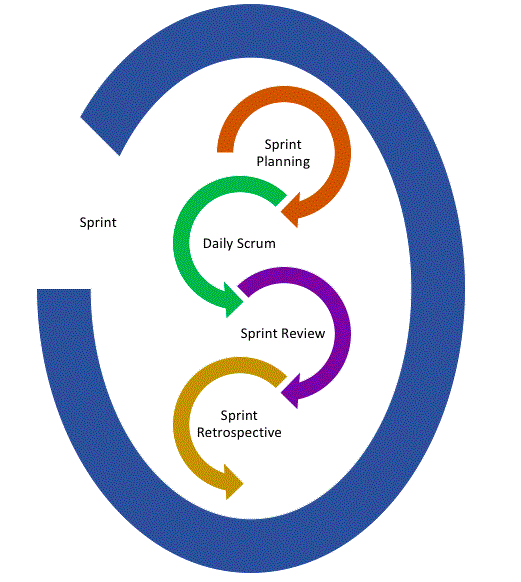
- With Scrum the work is done by a team of developers simultaneously instead of sequencing. Code editors “awake” and do not wait until all the questions have been answered and everything is clear before they start editing. Everything is flexible and flexible during project life and beyond. The same is true of a test code that is repeated and not just at the end after all coding has been completed.
- With Scrum there is flexibility. Changes can be supported and integrated into an ongoing project. Under Scrum the scope of the project (to be done) varies but time and cost do not change. This is a big difference in the normal way where scope is constant (no changes are allowed, or if they are, hesitantly) but time and cost vary.
- With Scrum, jobs are prioritized by priority and this often means that priorities will likely affect the return on investment significantly. By releasing the “done” pieces of the work that you put first in the run, parts of your product are on the market faster than in traditional designs when the finished work is completed at the end of the project.
- With Scrum the development team is important. The members, usually five to nine people, work closely together and have the motto “all one and all for all”. Their main goal in a given sprint is to quickly eliminate the practical components of a project that will have a business value. To assist where needed to do any work, the team as a whole is responsible for what is needed. In the Scrum pair editing is encouraged; the idea of having two heads is better than one. This results in a faster completion of coding for better quality.
- Because the Scrum team does not have a manager to tell them what to do when they have identified as much about the project as theirs. This helps to develop their character. They also have a ScrumMaster, who educates them and protects them from negative external pressures. And because of techniques such as duplicate editing, their level of additional information is much higher than it would be if they were coding alone. For all these reasons morality and job satisfaction are high.
- For projects run on an Agile / Scrum approach, there is also greater customer / user satisfaction. The main reason for this is that users get useful parts of the finished product quickly. They can then try to find out what they have found and report what they have found. This is an important factor in the overall success of a project. Certain pre-submitted applications may no longer be required to store unnecessary work and the entire project may be submitted faster than originally planned. Alternatively, the user may receive the necessary changes to his or her actual application for the job to be performed. If this happens it should not be a problem as Scrum is designed to be flexible and adapt quickly.
Reasons Why Scrum Works:
Many of the reasons why Scrum works and the above benefits are related and listed below:
- Quick release of a product that can be used by users and customers
- High quality
- High productivity
- Low cost
- Great power to make changes as they happen
- Better staff morale
- Better user satisfaction
- Being able to complete complex projects that were not previously possible
The Key Benefits of Scrum:
The key benefits of using Scrum are:
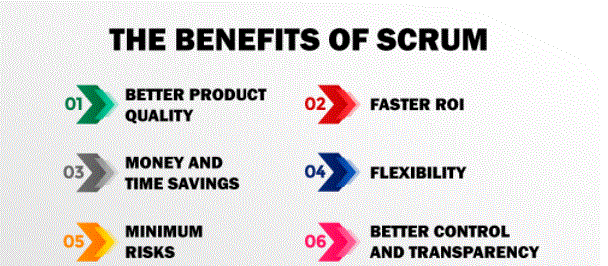
Conclusion
Scrum is designed to improve team satisfaction and productivity, product quality, customer responsiveness, and openness for participants. Key processes that make these benefits include not emphasizing work on deliverables, applying and completing each story in the Sprint Backlog in standard sequence, working with short Sprints for 2-4 weeks, and doing past, present, and future projects. information available to all participants.

